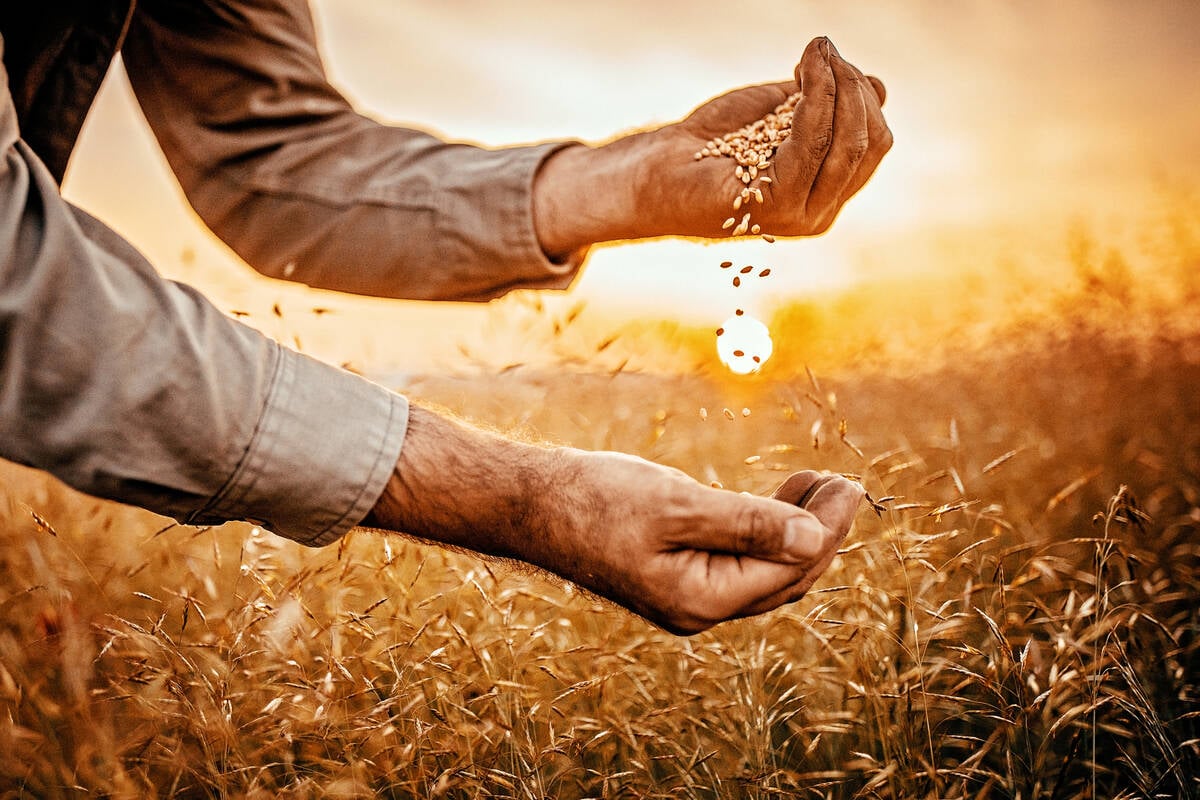EDMONTON — An old saying in the show cattle business says that there is a fine hair that splits first and second place.
Rod McLeod didn’t leave anything to chance and hired a team of young cattle fitters to ensure every hair was in place on his Charolais show cattle at Farmfair International.
“Us older guys just need to get out of the way because they really are masters of their craft,” McLeod said while waiting to lead a bull into the ring during the Charolais show.
Read Also

Taking a look inside Canada’s seed regulatory overhaul
ive years, eight task teams, 130 volunteers and 135 recommendations later, Canada’s seed industry is still waiting for meaningful regulatory change.
“These young kids are exceptional.”
McLeod may be the face behind the Charolais string, but behind him is a crew of cattle fitters clipping, blow drying and primping the animals to ensure his cattle look like stars when they enter the ring.
“Presenting the animal is the finishing touch to everything we do. It gives you the best opportunity to catch the judge’s eye,” he said
McLeod hired eight fitters to get the farm’s nine show cattle ready for the show ring.
“I don’t do any fitting. We just organize it to make sure there is enough help.”
McLeod said the good, young cattle fitters have all come through the 4-H and youth cattle shows and gradually learned how to clip and fit cattle. His daughter, Megan can travel to a dozen shows during the summer, gaining practice with each show.
“I attribute it to just shows. They get so much practice. Us older people don’t go to all these shows and don’t get the practice,” he said.
McLeod looks at the entry list in the days before a show and estimates how long each class of the show will take and when his crew needs to begin the final fitting.
The process starts hours earlier, with the crew getting to the barns between 4 and 6 a.m. to feed, wash and blow dry the animals.
Chase Miller, 18, one of the hired fitters, said he blow dries the cattle once the animals are washed and then starts to “work the hair” to make it stand in the right direction. This allows the hair to be trimmed and clipped into the ideal shape.
Miller has travelled to the U.S. to learn how to fit cattle, but he’s also been fitting his own family’s show cattle for 10 years and knows the importance of fitters.
“It could mean winning the show. It’s why we get paid to do this,” he said while clipping a bull in McLeod’s show string.
A fitter is paid about $100 an animal. On this day, Miller has worked on 16 head.
“They hire you on your reputation, your work ethic, your attitude and your ability to actually do it,” said Miller. He doesn’t think he wants to be a full-time cattle fitter but enjoys the job now.
“You can make a living at it, but it’s hard on your body. You’re down on your knees and breathing in glue and paint. It’s not healthy,” said Miller.
Once the cattle are washed and dried, the crew starts gluing hair into place, starting with the tail head and legs and creating the illusion of straight lines and perfect bone structure, said Riley Chalack of Carstairs, Alta., who has also fitted cattle for years.
“You keep fitting until the show is rolling,” said Chalack, part of the team working on McLeod’s cattle.
“Every day at the show, I am helping somebody.”
Kolby Heaven of Whitecourt, Alta., tries to keep a steady hand as he trims hair.
“We want to blend everything in together and take out the bumps and make sure it is nice and straight from the tail head to the shoulder,” he said.
“No animal is perfect, but we take the best characteristics of the animal and enhance them. We want the top looking straight and the back wide.”
Heaven said he has developed his skills through practice and patience.
“It’s trial and error. You watch the guys who are good and try and mimic them,” said Heaven, who admits to the odd wreck when the animal has jumped or coughed.
“We’ve put the odd gouge in one. Mistakes are more common than everyone thinks.”
Megan McLeod said fitting cattle is the most enjoyable part of a show.
“It’s great to sculpt the hair and look at your end product and be very proud of it,” she said after winning the class with a bull calf.
“Young fitters put their own signature on the fitting process and enhance what they have learned from everyone else.”
She credits her father and brother for passing down their skills and allowing her to practise on the family’s cattle. She said she picked out cattle from the pasture and started to clip and fit.
“Some didn’t look very good at the beginning,” she added.
mary.macarthur@producer.com














